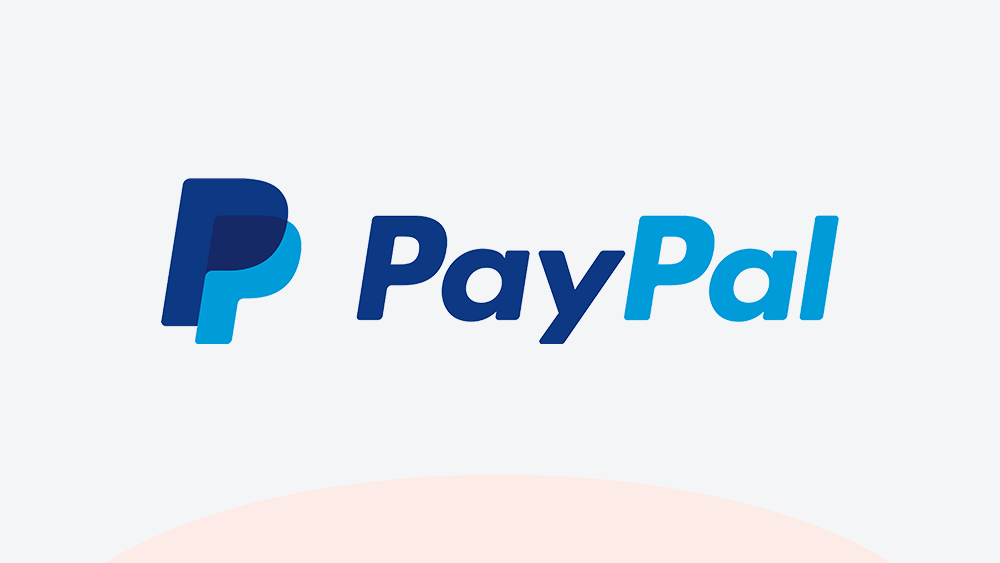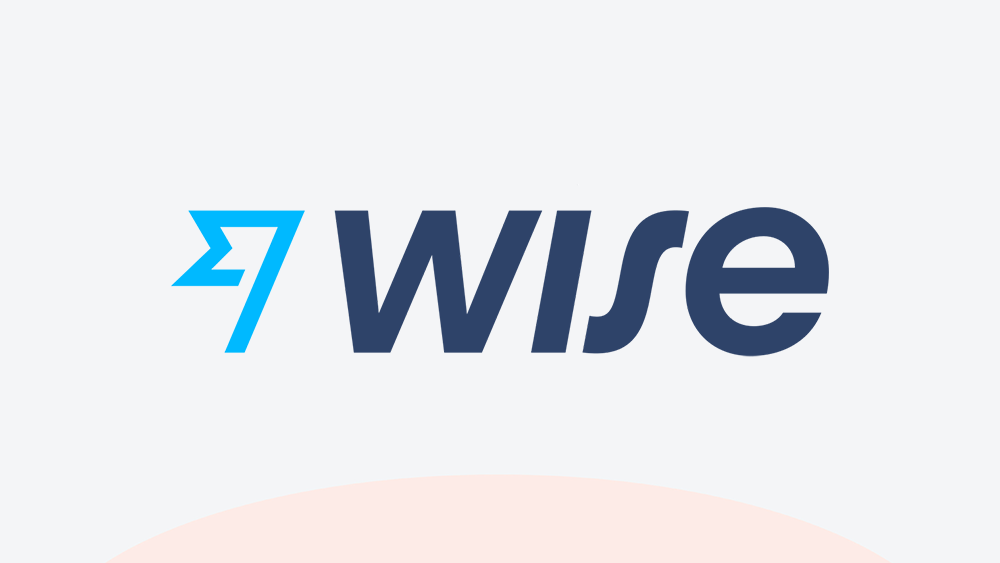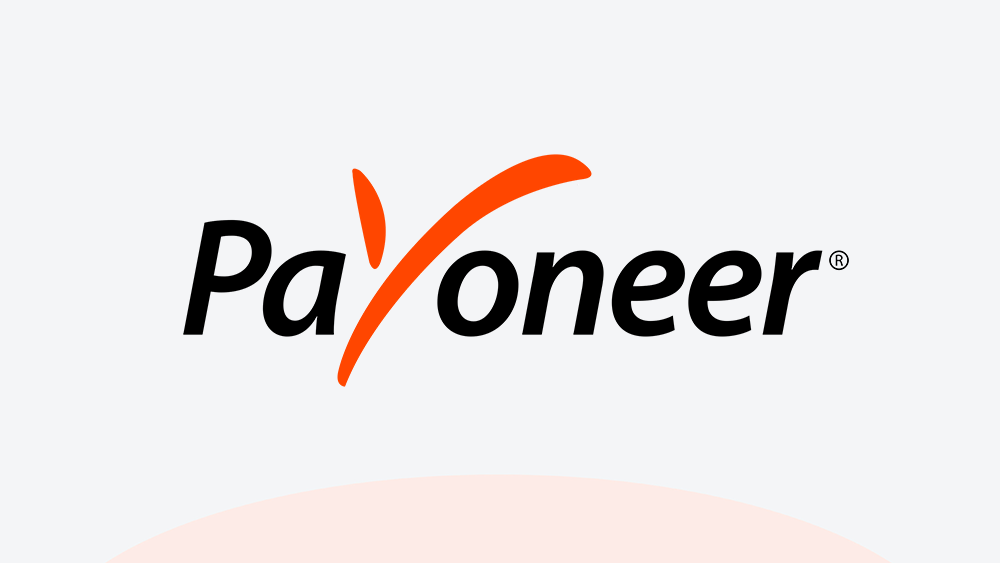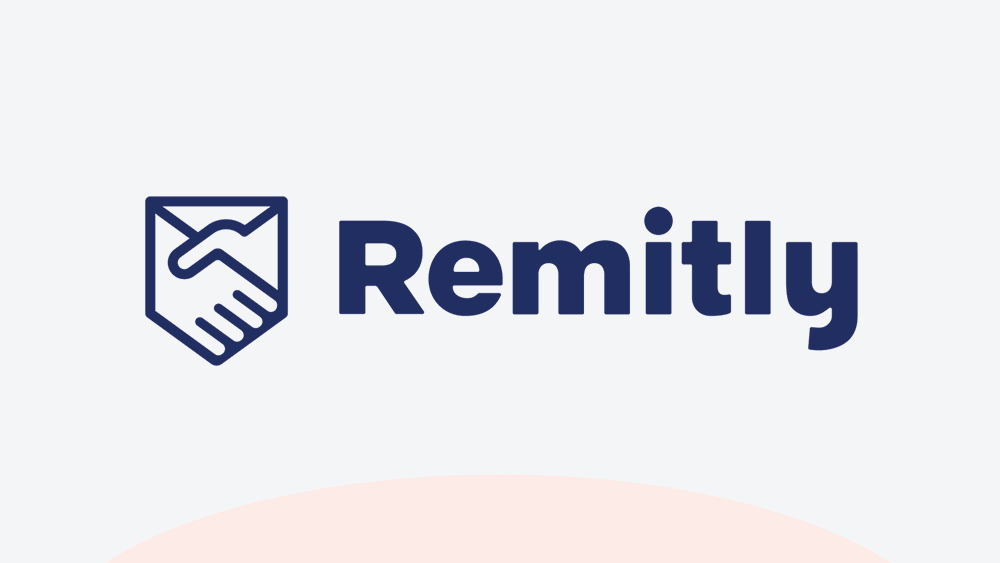So, you’re ready to start freelancing. Congratulations! You’re probably already excited for the higher pay, more diverse clientele, and ever-expanding pool of marketable and highly learnable skills…But, wait. Before you start taking on your first client, there are a few fundamental matters you also have to consider beforehand. And, probably the most important is how to actually get paid.

That’s why digital payment platforms exist. They revolve around sending money from one country to another with the added benefits of real-time conversions. However, choosing the right one is pertinent as some platforms may incur transaction fees and conversion fees. While some clients will be more inclined to shoulder these fees, some will downright decline. That’s why it is important to know which platform works best for you – and may likely save you a couple of bucks to a sizable amount down the road.
Luckily, we’ve rounded up the best digital platform to use so you can receive your well-earned payment the right way and the best way.
PayPal

PayPal is by far the most popular choice for international clients – mostly because they’re probably accustomed to it due to its long-standing reputation. Plus the added security and real-time transfers it provides. Just imagine receiving your payment from across the globe within seconds. That’s the OG payment platform for you.
It also includes a free-to-use invoicing and billing service and amazing support for GCash that is downright void of any transfer fees from your PayPal account to your Gcash wallet.
But, as much as PayPal is famous, it is also notorious. To make up for security breaches in its younger years, the American payment solution company has created a highly secure system…that can be a little too secure at times. For example, newly set up accounts require a rigorous verification process and a few days to weeks before it can actually receive money. Likewise, to fund its quick backend and global customer support, it uses a transaction fee of 0.4% and lower conversion rates that may prove to be too hefty for a lot of users.
Pros:
Real-time payment
Highly secure
Free-to-use invoicing services
User-friendly interface
Mobile App Alternative
Can be linked directly to your bank account
Support for Gcash
Cons:
Sizable transaction fee
Lower conversation rates
Drawn-out and strict rigorous verification process
May freeze your account for up to six months if an account is flagged suspicious
Wise

Formerly known as TransferWise, Wise is probably the best option for those that want their payments directly sent to their bank accounts. It also uses a more convenient system for verification, only requiring a bank account and verified form of identification to get it up and running. Furthermore, while not as fast as PayPal, it has proven to be one of the quicker forms of online payments.
But, probably the best thing Wise can really offer is its fair conversion rates – almost identical to the market rate – and its very low transaction fee. All of which will be done straight to your bank account of choice. In fact, some clients don’t even require you to have a Wise account as they can directly send it to your bank account. However, if you want to receive your money in other currencies, it would be best to make an account yourself.
Pros:
Payment directly deposited into your bank account
Fast and reliable transactions
No need to open a Wise account
High conversion rates and low transaction fees
Cons:
Not all countries support Wise
A minimum deposit is required to open accounts in other currencies
Payoneer

Quickly becoming a popular choice for freelancers, Payoneer lets you have the choice of withdrawing your money through a physical card. And, just like Paypal, payments are posted in real-time. So, if you’re looking to get your payment fast and easy, then this payment platform might be your best bet.
And as a bonus, Payoneer lets you receive payment without the inconvenience of having your client set up their own account – provided they’re in the U.S. Instead, they can directly send it to your Payoneer account via normal bank transfer, making it easier to migrate your American clients to your preferred platform. In addition, you can also link your Payoneer account to GCash.
Pros:
Real-time payment
Free-to-Use invoicing and billing services
Comes with a physical card for ATM withdrawals
Hassle-free for your clients
GCash linking
Cons:
Every withdrawal comes with a USD 2.50 transaction fee
Virtual account holders may experience a delay of a few business days before transfers appear in their bank accounts
Remitly

Trending as one of the most easy-to-use and convenient payment platforms for OFWs, Remitly is popular for its user-friendly interface and quick payment posting, and low transaction fees. As well as its multitude of options for withdrawal and money transfers – it even does home deliveries!
As for clientele options, Remitly also offers remittance via credit card, debit card, and regular bank transfer (depending on the plan). Likewise, they can choose from two options for sending: Express and Economy – with the latter having slower payment transfer but lower transaction fees.
However, Remitly is not for everyone. While it does market itself as having zero transaction fees, it couldn’t be more far off from the truth. Although it does have more competitive rates, it still incurs transaction fees upwards of USD 2.99 and an added 3% for Express transfers.
Pros:
Fast and reliable transactions
Variety of payment withdrawal options from pick-up to home delivery
Competitive transaction and conversion fees
Easy fund transfer for clients
Cons:
Doesn’t allow same country transfers for 16 major countries (more focused on the OFW market)
Hidden fees that are hard to compute for
Xendit

Xendit is probably the most feature-packed option out of all of them. Catering to e-commerce and online retailers, the Indonesian cashless payment provider offers various services from international transfers, integration with Shopify and woocommerce, user-friendly billing and invoice systems, and automated and on-demand payouts.
And, if that isn’t enough, it also allows for an easy top-up for GrabPay, Lazada, and Gcash wallets through direct Xendit transfers. But, where it really shines is its support and API integration for e-commerce, making it the go-to for a lot of online businesses to receive their payments for their products and services.
Pros:
Feature-packed software
Free-to-use invoicing and other financial tracking services
Integration to e-commerce platforms
Specialized system that detects fraudulent payments
Automated payments via API triggered events
Support for local e-wallets
Cons:
Fees may be higher than most
Catered more to e-commerce and online retailers
Not all features are free to use. Some may incur additional charges upwards of PHP 10 per transaction, use, or account
You are your own bookkeeper
These payment platforms are only a means to an end. As with everything in the world of freelancing, the liability of actually tracking your finances once your client has sent the money is up to you. Remember that choosing the right method is only the beginning. You also have to consider the verification process, backtrack your invoices for taxes, keep your money safe through periodic transfers to your bank account, and so much more. But as a little tip, go for Wise and opt for a third-party invoicing system – it’ll save you the headache in the long run.
The post Freelancers’ Guide: 5 digital platforms to receive payment in the Philippines appeared first on YugaTech | Philippines Tech News & Reviews.
Source: Yugatech




No comments:
Post a Comment